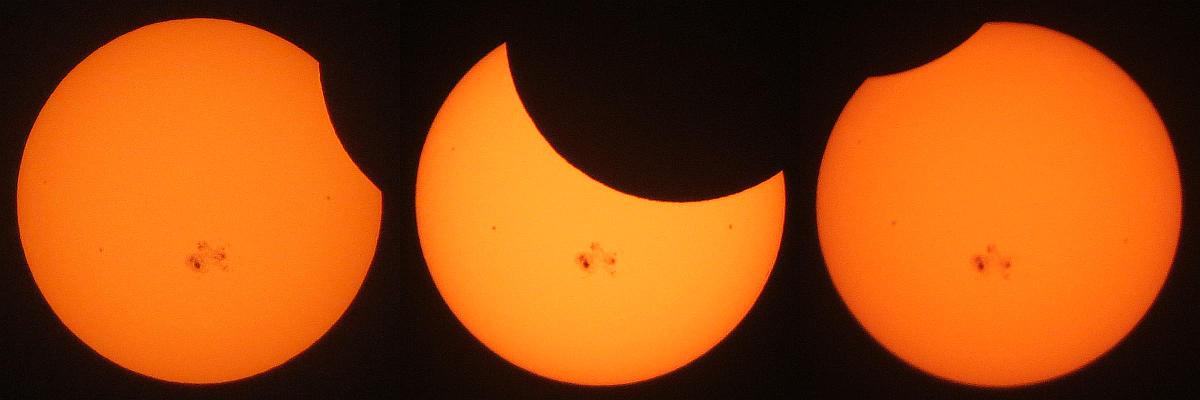The New Horizons Space Probe is approaching planet Pluto with the closest approach taking place next week. Over the holiday weekend, however, the spacecraft computer detected a problem and switched to “safe” mode.
The spacecraft took a series of images last week that were combined into the animated image above. Click on the image to enlarge.
The problem the spacecraft had, occurred after the images were taken. The New Horizons Team reports that a recovery is underway and that the spacecraft, otherwise, appears healthy:
During that time the autonomous autopilot on board the spacecraft recognized a problem and – as it’s programmed to do in such a situation – switched from the main to the backup computer. The autopilot placed the spacecraft in “safe mode,” and commanded the backup computer to reinitiate communication with Earth. New Horizons then began to transmit telemetry to help engineers diagnose the problem.
A New Horizons Anomaly Review Board (ARB) was convened at 4 p.m. EDT to gather information on the problem and initiate a recovery plan. The team is now working to return New Horizons to its original flight plan. Due to the 9-hour, round trip communication delay that results from operating a spacecraft almost 3 billion miles (4.9 billion kilometers) from Earth, full recovery is expected to take from one to several days; New Horizons will be temporarily unable to collect science data during that time.

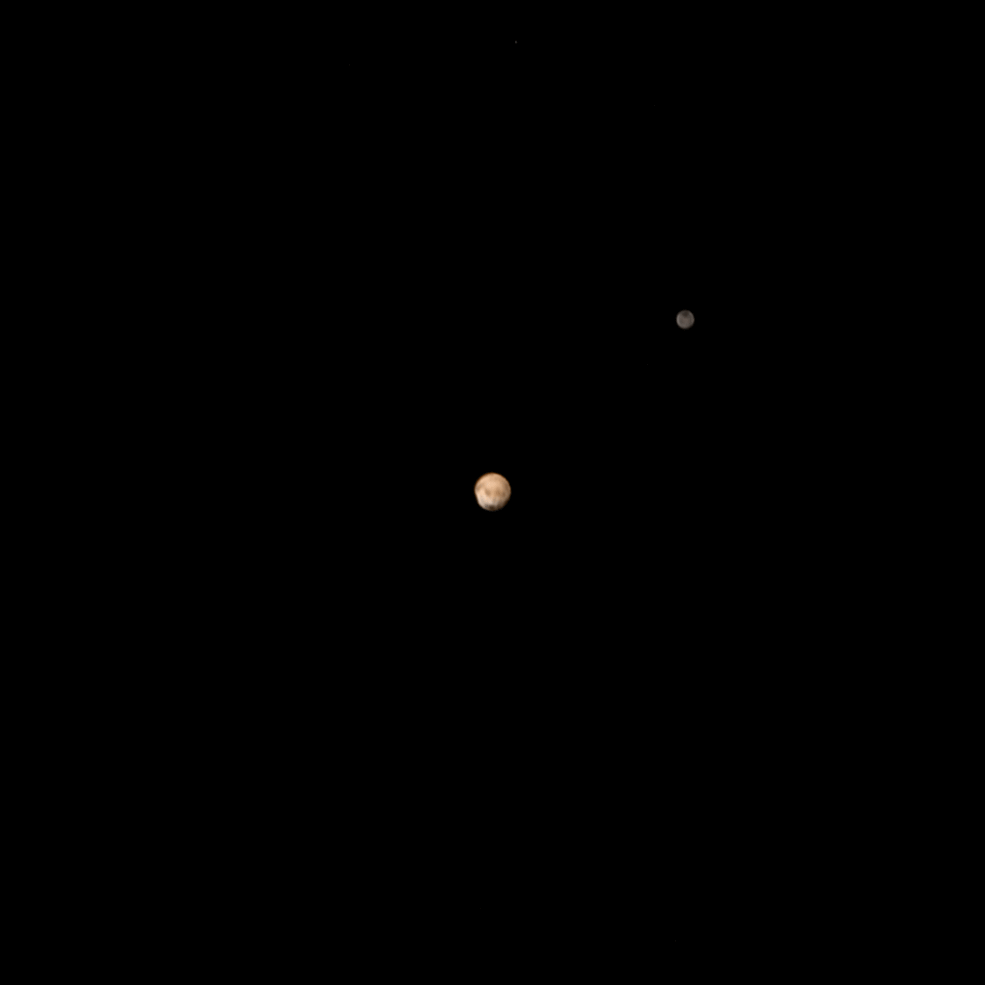
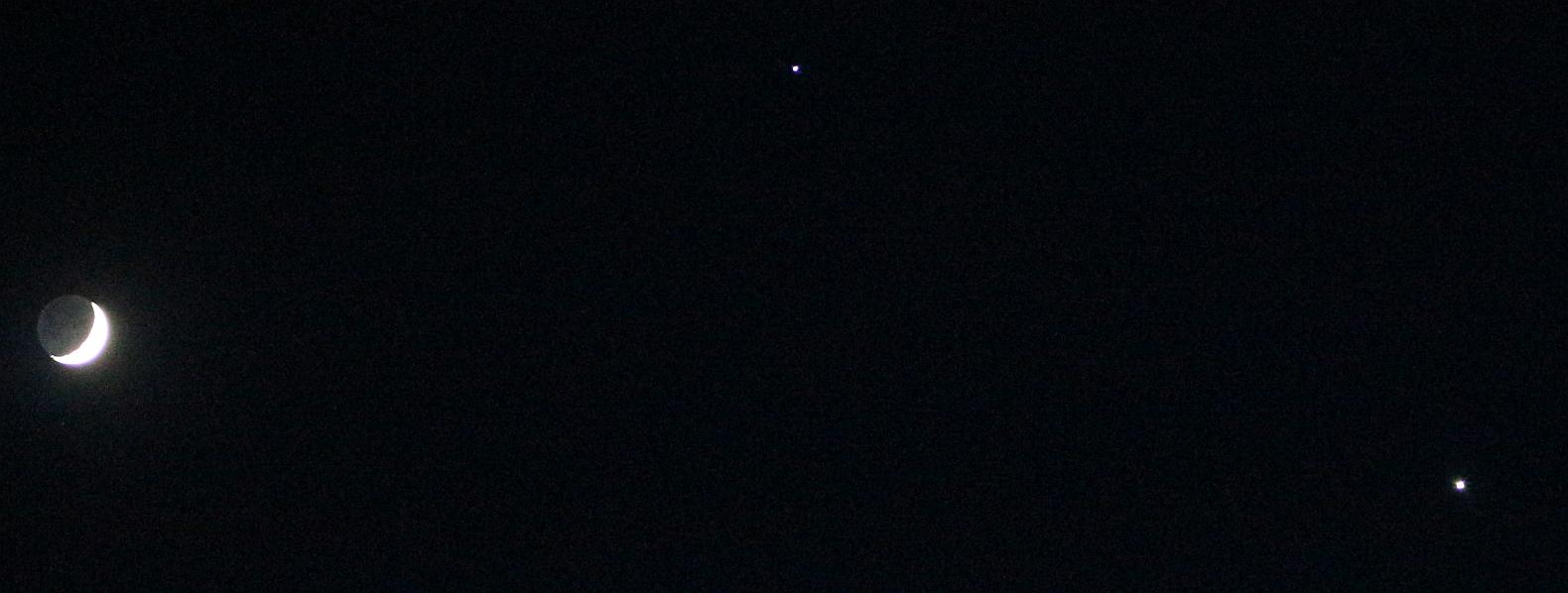

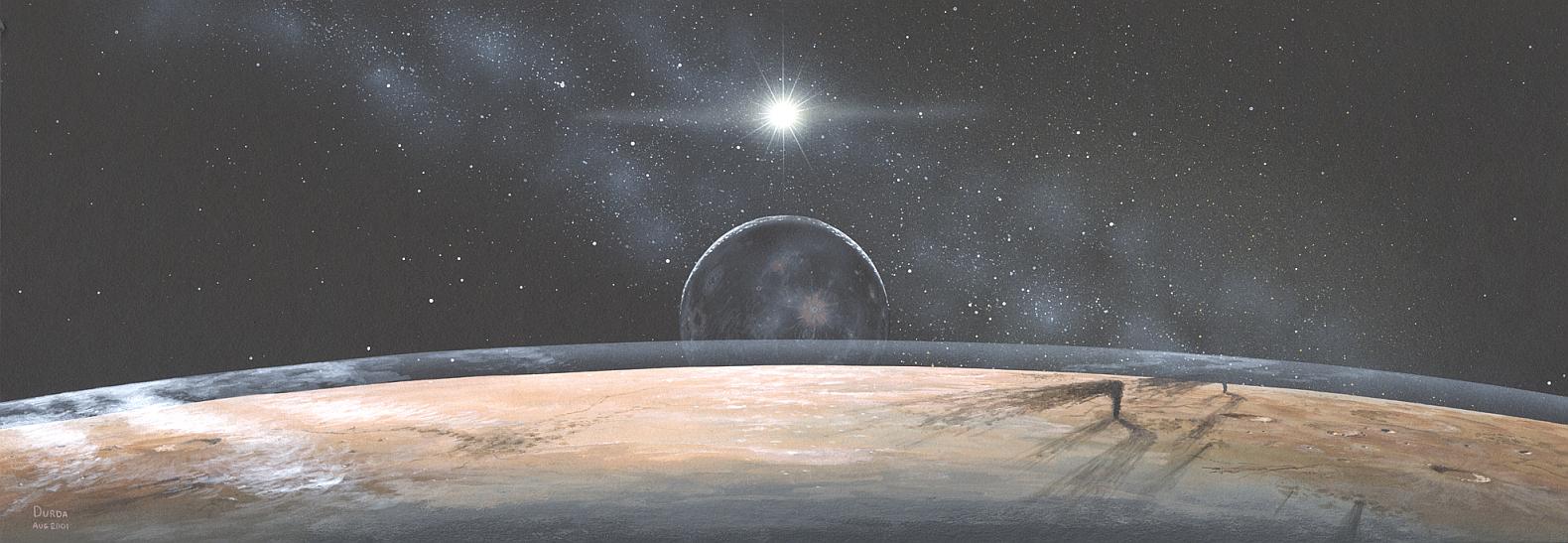


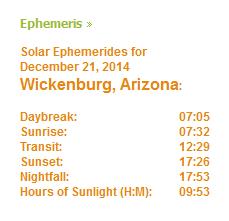 Happy First Day of Winter! Although the seasonal temperatures are going to continue to be cool or cold, the good news is that the days from this point forward (in the northern hemisphere) will be getting longer until the June Summer Solstice.
Happy First Day of Winter! Although the seasonal temperatures are going to continue to be cool or cold, the good news is that the days from this point forward (in the northern hemisphere) will be getting longer until the June Summer Solstice.
